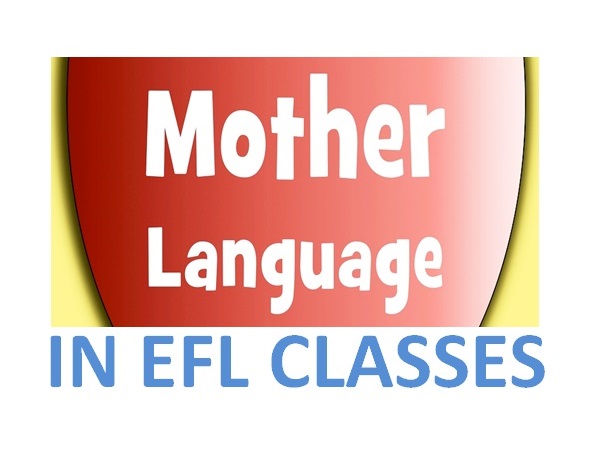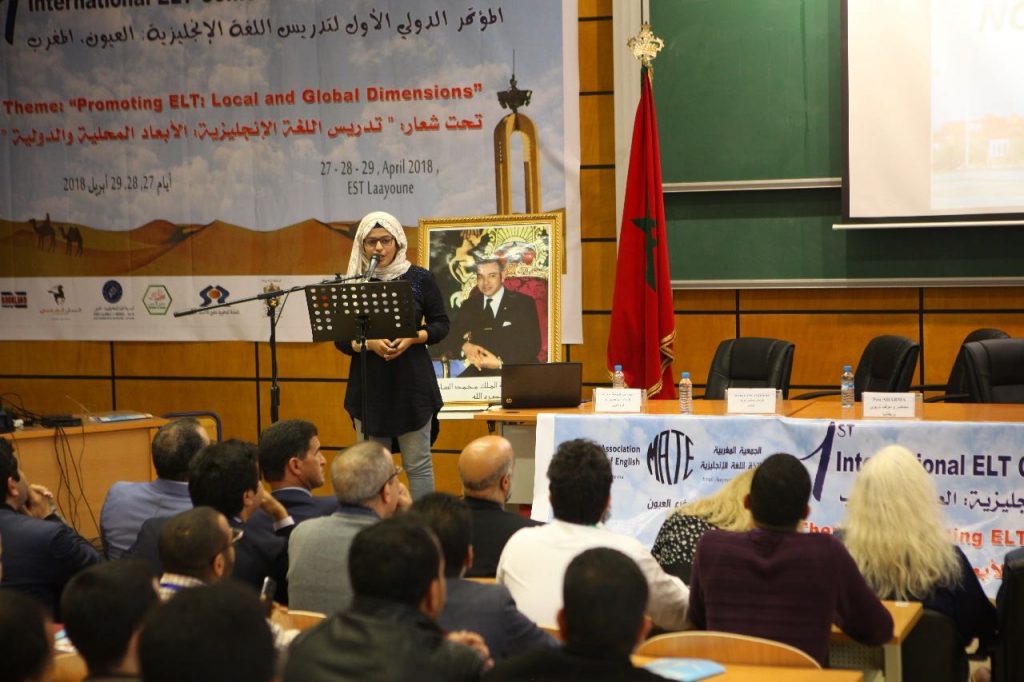Throughout the history of English language teaching (ELT), the role of the mother tongue (L1) in English as a foreign language (EFL) classrooms has been a long standing debatable issue. Many researchers, educators and teachers think that using the L1 in the classroom may be a grave breach. However, there are advocates who believe that it has a facilitating and supportive role in the classroom.
Back to the history of ELT, bilingual teaching was the norm, and grammar translation method, which dominated for quite a long time, was an example. Students’ L1 was the medium of instruction. Gradually, and with the upsurge of current approaches, ELT witnessed a radical shift from depending on students’ L1 towards an active use of the English. Subsequently, students’ L1 was eliminated and replaced by the English language.
The primary objective of this article is to draw on the major arguments for and against the use of L1 in EFL classrooms and conclude with a personal stance. The rationale behind writing this article is to clear up some misconceptions that some teachers still have. I have been involved in many discussions with teachers about this issue and it seems there still is a misunderstanding with regard to the use of L1 in Englsih classes.
The use of L1 in EFL classes is of a great importance. Actually, it can be a conductive tool in the process of teaching and learning alike. Teachers use L1 for clarification purposes, because it serves as a supportive and facilitating tool in the classroom.
There are times when it is important to economize time. So, teachers might drop English and use L1. For example, to explain the meaning of new words in order to avoid lengthy explanations of English. Sometimes, L1 is used to explain the aims of the lesson, to check for students’ comprehension or to summarize materials that are already covered. L1 can be also used in order to establish a connection and a strong rapport with students.
Students often tend to use L1 in pair work and group work. It allows them to work within their comfort zone. L1 vocabulary gives chances to low achievers to communicate ideas and reach higher levels of comprehension, which is something they may not achieve with English.
In addition to this, It helps students become more aware of the similarities and differences between linguistic structures. This is very important in terms of building up students’ linguistic awareness. What’s important is that L1 helps students reduce anxiety and nervousness, which result from the lack of understanding aspects of the English language.
Using L1 in EFL classrooms has numerous merits. Still, there are some side effects worth considering. As we know speaking is a crucial skill in language learning. Therefore, students need to encounter English as much as possible, because their communicative needs can be met and their speaking skills can be developed only through being exposed to English. Addedly, speaking activities are effective if they are presented in English.
An excessive use of the L1 may lead to much dependence on it. Subsequently, limiting opportunities to encounter English and demolishing the authentic learning process.
All things considered, the use of L1 in ELT classrooms has always been a controversial issue. On the one hand, there are researchers, educators and teachers who advocate the use of L1 in ELT classes for the same arguments mentioned above. On the other hand, there are others who display a refraining attitude towards its use.
Personally, I believe that the use of L1 is necessary under certain circumstances, such as: with low achievers and true beginners. As long as the choice of L1 is pedagogically justified, it is fine for teachers to use it. It is worth-noting that the frequent use of L1 should vary from one grade to another. In other words, it might accepted to be used with beginning levels. But, it should be minimized with intermediate and advanced levels.

I hope you like this post. Please, share it with people who need to read this. What is your opinion about using L1 in EFL classes? Share your ideas in comments..
References:
- Atkinson, D, (1987). The Mother tongue in the classroom: a Neglected resource? ELT journal. 44(4), pp. 241-247 “Http: //dx, do: org/10.1093/elt/41. 4. 241
- Cook, v, (2002) Interlinked L1 and L2 knowledge in students’ mind.
- Brown, H. (1994). Principles of Language Learning and Teaching.P. H.Regents:N.J.
- Pennycook, A. (1994). The Cultural Politics of English as an International Language. Longman: London & New York.
- Tang, J. (2002). Using L1 in the English classroom. English teacher fo- rum, 40(1), 36-43. Retrieved Aug 10,200, from” http://exchanges.States. Gov/forum/ vole/ vole 40/nol1/ p36. Htm top.







